So, you are interested in preserving your food at home using the canning method of home food preservation. But, you are confused as to whether pressure canning or water bath canning is better?
We have been asked this question many times so decided to answer it clearly once and for all.
Quick Content Navigation
What Is The Difference Between Pressure Canning And Water Bath Canning?
Both methods use water that is heated to a high temperature to render the food safe, with a long shelf life. You should be able to enjoy flavorful foods that you have spent time, effort and money on preserving. All this without worrying about food safety or being disappointed if your preserves develop fungus or mold.
To ensure this outcome, you need to understand the difference between canning under pressure, or using the water bath method of canning. Each has its positives and drawbacks but basically, there are certain foods that can only be safely preserved using the pressure canning method.
When you use pressure canning, the food is sterilized under high pressure, using steam and not just water. So, the food items reach a temperature of 240° F and this kills ALL germs.
If using the water bath canning method, cans and jars are boiled in water. The water temperature reaches 212° F which should be hot enough, you would think, to kill germs.
Unfortunately, it is not! Temperatures above this are required to kill botulism spores which can be dangerous, if not fatal.
What You Need For Pressure Canning
A pressure canner looks similar to a pressure cooker, but is a very different piece of equipment.
It is much larger than a home-use pressure cooker. More importantly, it has a highly accurate pressure gauge, conforming to USDA regulations. This ensures that your preserved foods reach the right temperature at the correct pressure.
It may be possible for you to use a pressure canner as a pressure cooker. However, it will be unwieldy as they are typically big and bulky.
If the pressure cooker you buy states it can be used for pressure canning, there are still a few things you need to check. You must ensure it reaches the high temperatures and pressure required for safe canning.
In fact, the USDA recommendation is that you do not use any pressure cooker for canning. This is because most have not passed the required safety regulations.
Conversely, you can buy a pressure canner that follows safety regulations and can also be used for pressure cooking. This negates the need to buy two different pieces of kitchen equipment.
So, if you have space or budget constraints or just use it for pressure cooking occasionally, this may be the ideal scenario.
What You Need For Water Bath Canning?
You can buy a special canning pot. These are large and deep enough to hold the jars that you want to seal, and will usually include a rack.
The rack will keep your jars upright and also prevent them from bashing into each other during the preserving process.
However, you can use any large pot with a tight-fitting lid that will hold your jars and cans. You can even use a stockpot.
Of course, if you do a lot of water bath canning, it is always best to buy a dedicated water bath canning pot.
This can be of the size and type you require for your needs. They are available in different materials and metals.
Food that can be Pressure Canned and Water Bath Canned?
If you are new to canning or used only one method, you may well be confused as to which is suitable for different foods.
Because of the temperature differences required in both methods, one is not suitable for all your canning requirements.
Pressure canning is the safest method to use for low acid foods such as:
- Vegetables of all kinds, including artichokes, beans, corn, mushroom, potatoes, squash, peas, onions, carrots, okra, and spinach.
- Fruits like watermelon and cantaloupe.
- Chicken
- Meat (non-fatty)
- Seafood (non-oily)
- Cooked stews, stocks, and soups
You should use water bath canning only for foods that have a high acid content like:
- Jams
- Jellies
- Pickles
- Fermented foods
- Tomato and tomato sauces (with added vinegar or acid)
- Fruits
- Fruit juices
- Salsas and sauces
Different foods require different temperatures for preservation. This ensures you kill any bacteria during the home food preserving process.
The removal of bacteria and their spores prevents the food from being toxic or spoiling.
In short, it is important to use the correct canning method for each food type.
Check out our Most Recommended Water Bath Canners For Jams And Jellies.
Why Can’t I Just Use The Pressure Canning Method?
You would think that since pressure canning reaches a higher temperature it would be safe for all food types. However, that is not the case.
The fact is, if you were to use pressure canning for foods like jams, jellies, and preserves, you would spoil both the texture and taste. Your food would be overcooked and mushy and liquids will be boiled, removing all nutrition.
Also, if you were to add pressure to this preserving process, your jars will most likely explode.
However, you can use a pressure canner for the water bath canning method. Just don’t seal the lid, or keep the vents open to allow the steam to escape instead of building pressure.
For greater safety, and depending on the pressure canner, simply replace the original lid with a tight-fitting lid.
In Summary
Pressure canning and water bath canning both have a place in my kitchen. With a sprawling homestead garden and livestock, it is important for us to be able to preserve food to reduce waste.
The decision on which piece of home preserving equipment is right for you will depend on a few factors.
Firstly, the food that you wish to preserve. Some foods can only be safely processed under high temperatures and pressure.
Secondly, your budget. There are many canners available on the market with varying price ranges. Check our best canning review page for more information.
Thirdly, the size of your kitchen and storage space. If you have space for only one device, then the pressure canner can be used for both pressure canning and water bath canning.
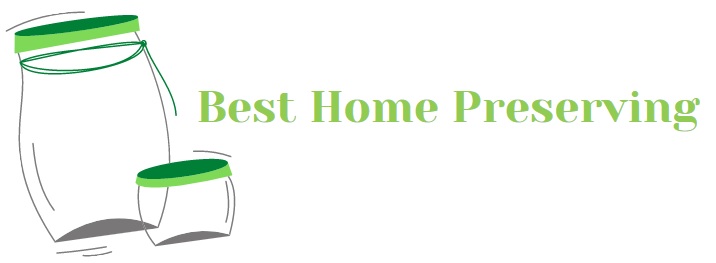
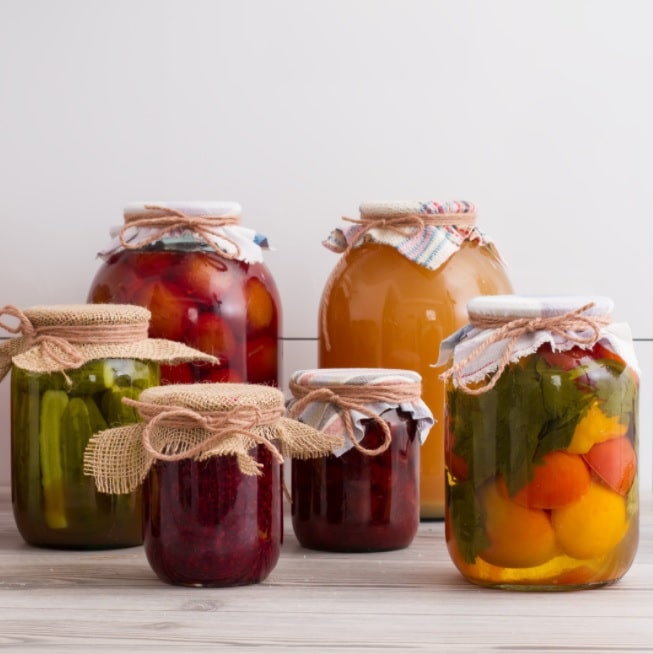
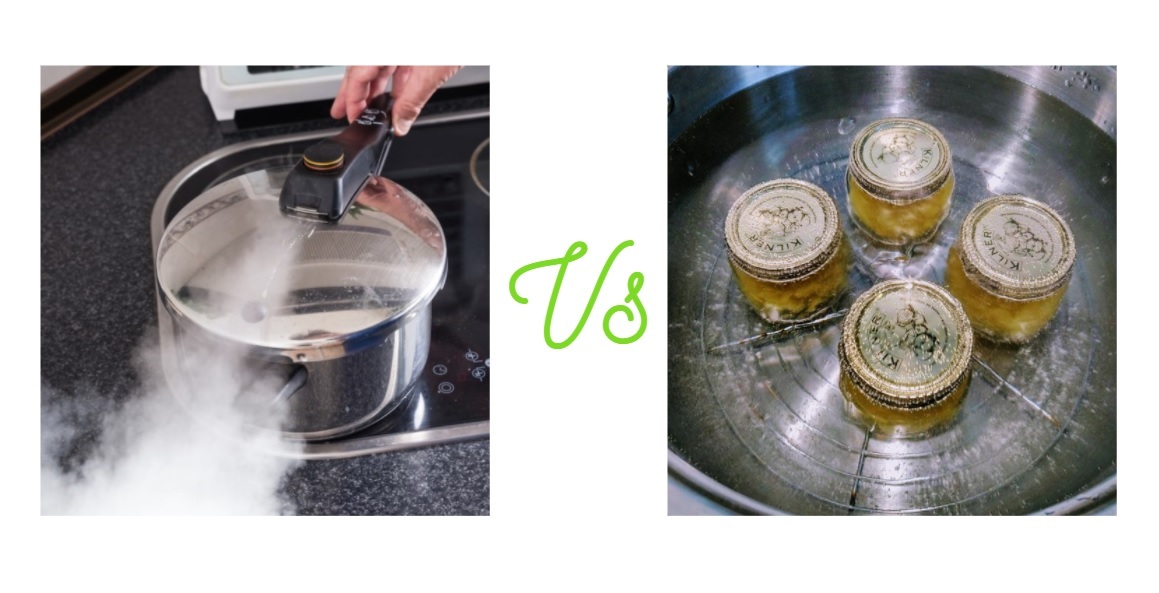
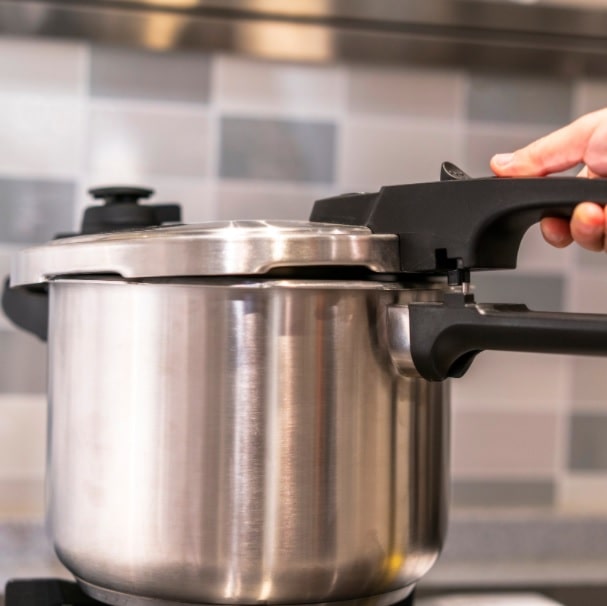
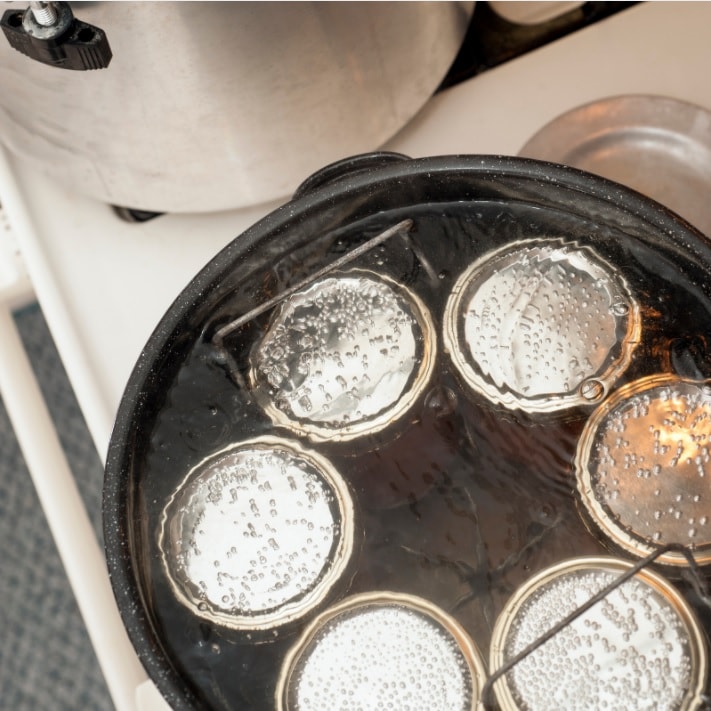
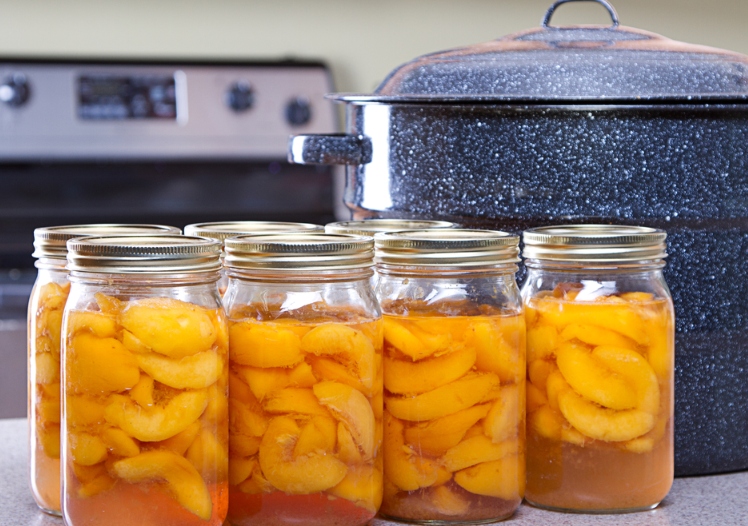
 Hi! I’m Sally-Anne!
Hi! I’m Sally-Anne!
We’re a gaggle of volunteers and opening a brand
new scheme in our community. Your web site offered us with
helpful information to work on. You’ve performed a formidable task and our entire community will
probably be grateful to you.
Greate pieces. Keep writing such kind of information on your site.
Im really impressed by it.
Hey there, You’ve done an incredible job. I will certainly digg it and in my
opinion recommend to my friends. I am sure they’ll be benefited from this site.
Wow, that’s what I was searching for, what a material! existing here
at this website, thanks admin of this web page.
This is really interesting, You are a very skilled blogger.
I’ve joined your rss feed and look forward to seeking more of your magnificent post.
Also, I’ve shared your website in my social networks!
Excellent web site you have here.. It’s difficult to find high-quality writing like yours nowadays.
I honestly appreciate people like you! Take care!!
Hello to every body, it’s my first visit of this website; this weblog consists of amazing
and in fact good stuff for visitors.
Great article! We are linking to this great post on our website.
Keep up the great writing.
Good info. Lucky me I came across your website by chance (stumbleupon).
I’ve book-marked it for later!
I like it when folks get together and share thoughts.
Great blog, keep it up!
I’m really impressed with your writing skills as well as with
the layout on your weblog. Is this a paid theme or did you customize it
yourself? Either way keep up the nice quality
writing, it’s rare to see a nice blog like this one these days.
Good day! I know this is kinda off topic however , I’d figured I’d ask.
Would you be interested in trading links or maybe guest authoring a blog article or vice-versa?
My site discusses a lot of the same subjects as yours and I think we could greatly
benefit from each other. If you happen to be interested feel free to shoot me an email.
I look forward to hearing from you! Excellent blog by the way!
Your place is valueble for me. Thanks!…